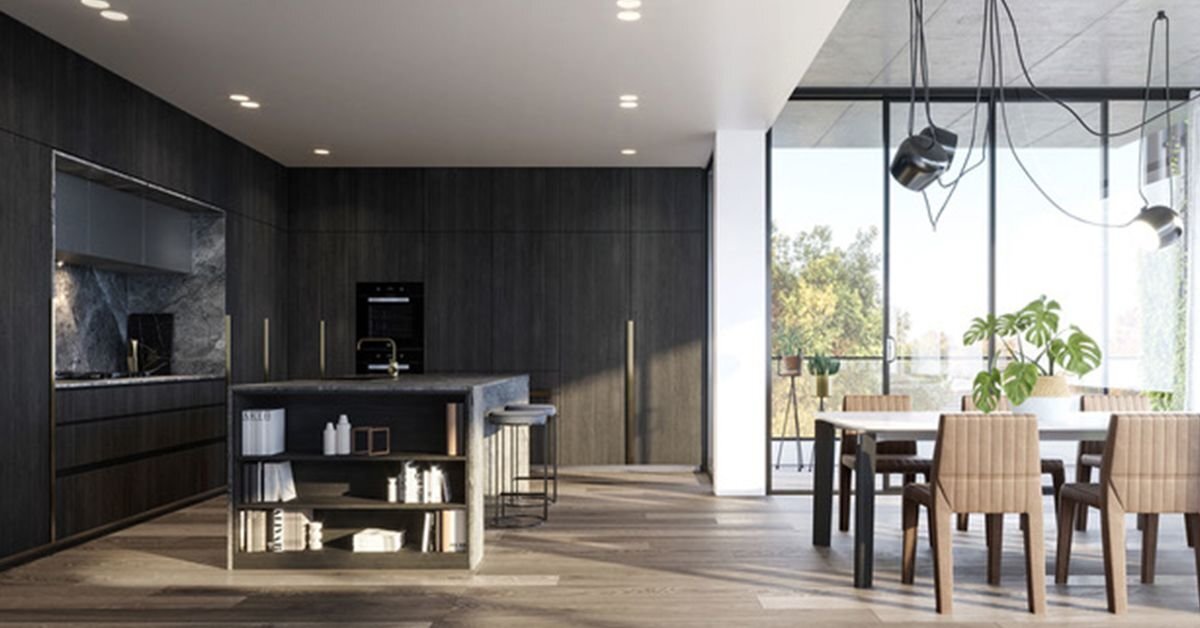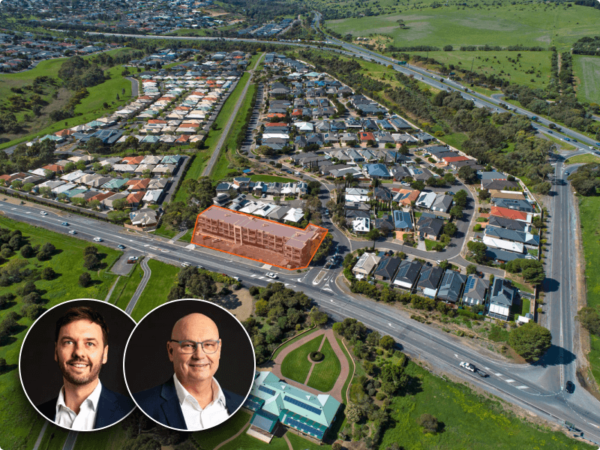The past 12 months has seen considerable adjustment in the property development market. Government and regulatory changes implemented at the new financial year, foreign buying restrictions and tighter lending conditions from APRA have people questioning how the market will respond.
The residential apartment sector is experiencing an evolution at the hands of these recent changes. Developers with their ear to the ground, are adapting to capitalise on these market shifts, proving that the changes aren’t as worrisome as some initially purported.
The 2011 Australian census indicated that approx. 50,000 families with children lived in high-rise (four-stories or more) apartments. The more recent census results, released last year, indicate that this has increased to 79,000 families – a more than 56% increase in just five years.
Shift towards size and quality
With census data also showing that household occupants are declining, developers have enjoyed (over recent years) a rush of cramming as many small apartments onto a development site as possible. Now, their focus is shifting towards size and quality.
Many developers have viewed the recent tax changes and credit restrictions applied to foreign investors as killing the market. There are many however who have seen the benefit of this shift.
Connie Wu, project lead for the new Yarra River development, Flinders Bank, by Century Group Aus, told the Australian Financial Review that she sees these changes as “…a trimming of the market to make it more sustainable in the long term.
"It's pushed the sophisticated investors and the owner occupiers to be the ones that stay."
Flinders Bank was approved for 1100 apartments, yet Ms Wu reduced this number to 500, with the inclusion of a 167 room five-star hotel.
Ms Wu isn’t the only one who sees the trend and benefit of adjusting her focus. As the investor market slows, smaller and more specialised projects, dedicated to the owner-occupier market are being viewed as a more lucrative alternative.
In the annual McGrath Projects’ industry report, John McGrath indicates that projects need to remain relevant in this changing market. Well designed, architecture led plans with an emphasis on the user will attain success in 2018.
“…while I’m certain that the Sydney and Melbourne markets will take a breather, I’m equally certain there is no bubble about to burst.”
Key markets are driving the shift
Baby-boomers and young professional families are key to balancing out a dip in demand from property investors. These profitable downsizer markets are driving the trend for high-end apartment developments.
Savills director Julian Heatherich has seen “a shift in the apartment product offering to owner-occupiers and particularly to potential owner-occupiers currently residing within immediate proximity of such developments.
"Downsizers, perhaps baby boomers and the like, have embraced, indeed demanded this shift of focus from developers and it is paying dividends.”










